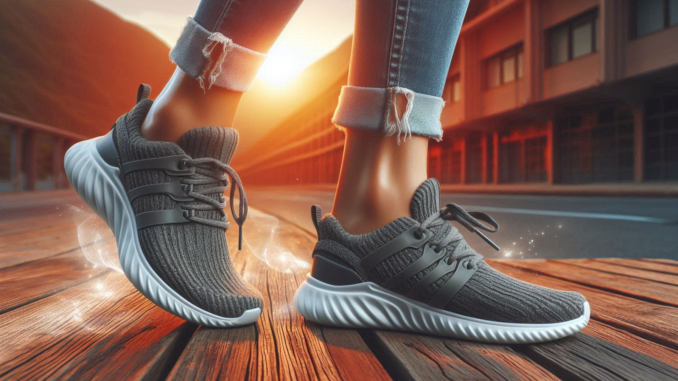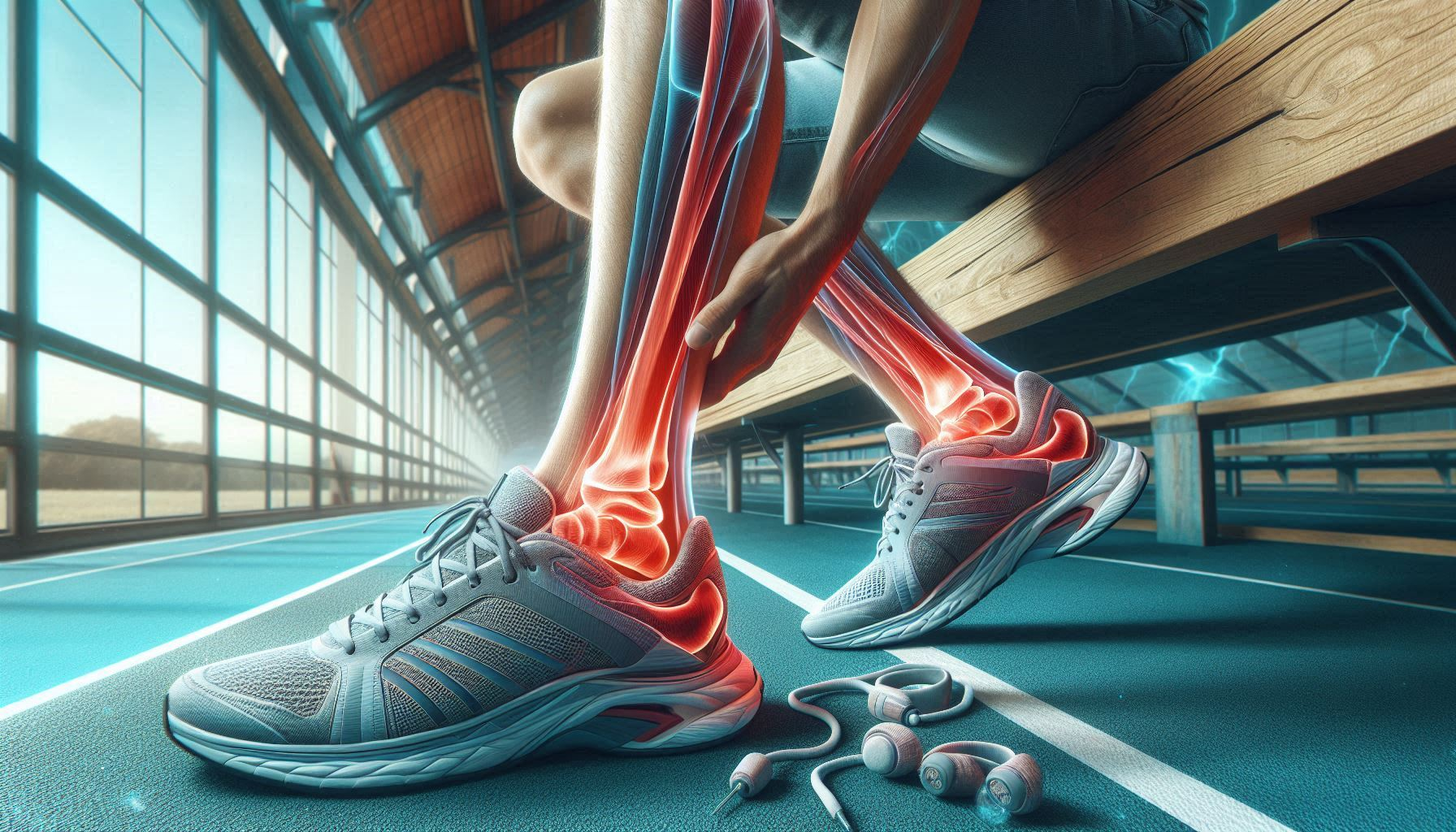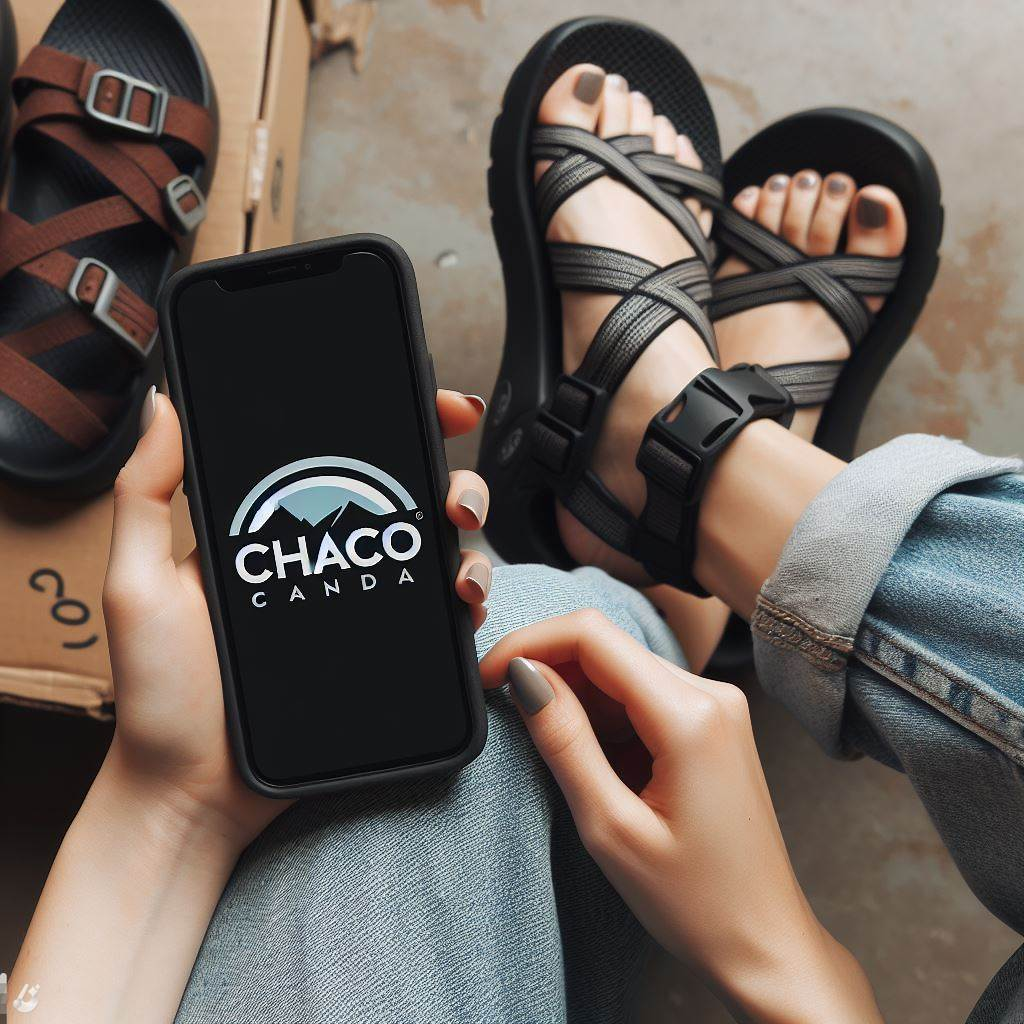
Plantar Fasciitis Shoes: Your Guide to Pain-Free Steps
Are you tired of starting each day with stabbing heel pain? You’re not alone. Millions of people worldwide struggle with plantar fasciitis, a condition that can turn simple activities like walking into painful ordeals. But here’s some good news: the right shoes can make a world of difference. In this comprehensive guide, we’ll explore everything you need to know about plantar fasciitis shoes, helping you find the perfect pair to keep you comfortable and pain-free.
Quick Answer
The best plantar fasciitis shoes offer strong arch support, ample cushioning (especially in the heel area), a supportive heel counter, and a balance between stability and flexibility. Top-rated options include Brooks Adrenaline GTS, ASICS Gel-Kayano, and New Balance 990.
Understanding Plantar Fasciitis: The Heel Pain Menace

Before we dive into shoe selection, let’s get to know our enemy. Plantar fasciitis is like that unwelcome house guest who overstays their welcome – annoying, persistent, and often painful. But what exactly is it?
Plantar fasciitis occurs when the plantar fascia – a thick band of tissue running along the bottom of your foot – becomes inflamed. This band acts like a shock-absorbing bowstring, supporting the arch of your foot. When it gets irritated or swollen, you feel pain, especially when you take your first steps in the morning or after long periods of rest.
Common Causes of Plantar Fasciitis
- Overuse or repetitive stress (hello, runners and dancers!)
- Sudden weight gain or obesity
- Prolonged standing, especially on hard surfaces
- Flat feet or high arches
- Wearing shoes with poor support
- Tight calf muscles
Telltale Signs You’re Dealing with Plantar Fasciitis
- Sharp pain in the heel, especially with your first steps in the morning
- Pain that worsens after (not during) exercise or activity
- Heel pain that increases over time
- Swelling or redness in the heel area
The Role of Proper Footwear in Managing Plantar Fasciitis
Now that we’ve unmasked our villain, let’s talk about one of your strongest allies in this battle: the right shoes. Wearing proper footwear is like giving your feet a superhero costume – it empowers them to fight off pain and discomfort.
Think of plantar fasciitis shoes as your feet’s personal bodyguards. They’re designed to provide support where you need it most, cushion the impact of each step, and help distribute pressure evenly across your foot. The result? Less strain on your plantar fascia and, hopefully, less pain for you.
Key Features to Look for in Plantar Fasciitis Shoes
When you’re on the hunt for the perfect pair of plantar fasciitis shoes, keep these features in mind:
- Arch Support: This is the superhero cape of your shoe. Good arch support helps distribute pressure evenly across your foot, reducing strain on the plantar fascia. It’s especially important if you have flat feet or high arches.
- Cushioning: Think of this as the airbag for your feet. Proper cushioning, especially in the heel area, absorbs shock and reduces the impact on your feet with each step.
- Heel Support: A firm heel counter (the back part of the shoe that wraps around your heel) is like a seatbelt for your foot. It keeps your heel stable and prevents excessive rolling inward (overpronation), which can worsen plantar fasciitis symptoms.
- Flexibility: While support is crucial, your shoes shouldn’t feel like concrete blocks. Look for shoes that flex at the ball of the foot, allowing for natural foot movement.
- Rocker Soles: Some shoes feature a slight curve in the sole, which can help reduce pressure on the plantar fascia as you walk.
Top-Rated Plantar Fasciitis Shoes: Finding Your Perfect Match
Now that you know what to look for, let’s explore some fan favorites in the world of plantar fasciitis shoes. Remember, everyone’s feet are different, so what works for one person might not be perfect for another. It’s all about finding your glass slipper!
For the Runners
- Brooks Adrenaline GTS: Known for its excellent arch support and cushioning, this shoe is a favorite among runners with plantar fasciitis. It features a GuideRails support system that helps keep your feet aligned.
- ASICS Gel-Kayano: This shoe offers a great balance of stability and cushioning. Its gel technology in the heel area provides excellent shock absorption.
- Hoka One One Bondi: If maximum cushioning is what you’re after, look no further. These shoes feature a thick, soft midsole that can help reduce impact on your feet.
For Everyday Wear
- New Balance 990: This classic shoe provides a great blend of comfort, support, and durability. It’s a go-to for many people with foot pain.
- Vionic with Orthaheel Technology: These shoes are specifically designed to provide orthotic support. They come in various styles, from casual sneakers to dress shoes.
- Dansko Professional Clog: Popular among people who stand for long periods, these clogs offer excellent arch support and a roomy toe box.
For the Fashion-Conscious
- Clarks Unstructured: These shoes prove that comfort doesn’t have to come at the cost of style. They offer good support in a more fashionable package.
- OluKai Moloa: These casual shoes combine comfort with a laid-back style. They feature a removable footbed for custom orthotics.
A Personal Journey: How the Right Shoes Changed My Life
Let me share a bit of my own story with plantar fasciitis. A few years ago, I was training for a half marathon when the dreaded heel pain struck. At first, I tried to push through it, but soon, even walking became a painful chore.
“Every morning, I’d wake up dreading those first steps out of bed. It felt like I was walking on broken glass,” I remember telling my doctor. “I thought my running days were over.”
After trying various treatments, I finally decided to invest in a pair of proper running shoes for plantar fasciitis. I went to a specialty running store, had my gait analyzed, and tried on several pairs. I ended up with the Brooks Adrenaline GTS, and let me tell you, it was like walking on clouds!
The difference was almost immediate. The arch support cradled my foot perfectly, and the cushioning in the heel area absorbed the shock of each step. Within a few weeks, my morning pain had decreased significantly. I was able to gradually return to running, and eventually completed that half marathon – all thanks to finding the right shoes.
Beyond Shoes: Additional Tips for Managing Plantar Fasciitis
While the right shoes are a crucial part of managing plantar fasciitis, they’re not the only tool in your arsenal. Here are some additional strategies that can help:
- Stretching Exercises: Regular stretching of your calves and plantar fascia can help improve flexibility and reduce pain. Try this simple exercise: Sit with one leg crossed over the other. Grab your toes and gently pull them toward you, holding for 10 seconds. Repeat 10 times on each foot.
- Ice Therapy: Applying ice to the affected area can help reduce inflammation and pain. Try rolling a frozen water bottle under your foot for 5-10 minutes.
- Night Splints: These devices keep your plantar fascia stretched while you sleep, potentially reducing morning pain.
- Orthotic Inserts: Custom or over-the-counter orthotics can provide additional support and cushioning.
- Weight Management: Maintaining a healthy weight can reduce stress on your feet.
- Gradual Activity Increase: If you’re starting a new exercise routine, increase intensity and duration gradually to avoid overloading your feet.
The Science Behind Plantar Fasciitis Shoes
You might be wondering, “How exactly do these shoes help?” Let’s break it down with some science:
- Pressure Distribution: Studies have shown that shoes with proper arch support help distribute pressure more evenly across the foot. A 2018 study published in the Journal of Foot and Ankle Research found that shoes with contoured insoles significantly reduced peak plantar pressure compared to flat insoles.
- Shock Absorption: The cushioning in plantar fasciitis shoes, especially in the heel area, helps absorb the shock of impact when your foot strikes the ground. This reduces the stress on your plantar fascia.
- Gait Correction: Many plantar fasciitis shoes are designed to correct overpronation (excessive inward rolling of the foot). A 2016 study in the Clinical Journal of Sport Medicine found that motion control shoes significantly reduced pain in runners with plantar fasciitis.
When to See a Doctor
While proper footwear can work wonders for plantar fasciitis, it’s important to know when to seek professional help. If your heel pain persists despite trying supportive shoes and home remedies, it’s time to consult a podiatrist or orthopedic specialist. They can provide a proper diagnosis and suggest additional treatments if needed.
Conclusion: Step Into Comfort
Living with plantar fasciitis doesn’t mean you have to live in pain. With the right shoes and proper care, you can take steps towards a more comfortable, pain-free life. Remember, finding the perfect plantar fasciitis shoes is a personal journey – what works for one person might not work for another. Don’t be afraid to try different options until you find your perfect fit.
So, are you ready to kick plantar fasciitis to the curb? Start by assessing your current footwear. Are they providing the support and cushioning your feet need? If not, it might be time for an upgrade. Visit a specialty shoe store, get fitted properly, and take the first step towards happier, healthier feet.
Your journey to pain-free steps starts now. Lace up those supportive shoes and walk confidently towards a more comfortable future!


Leave a Reply